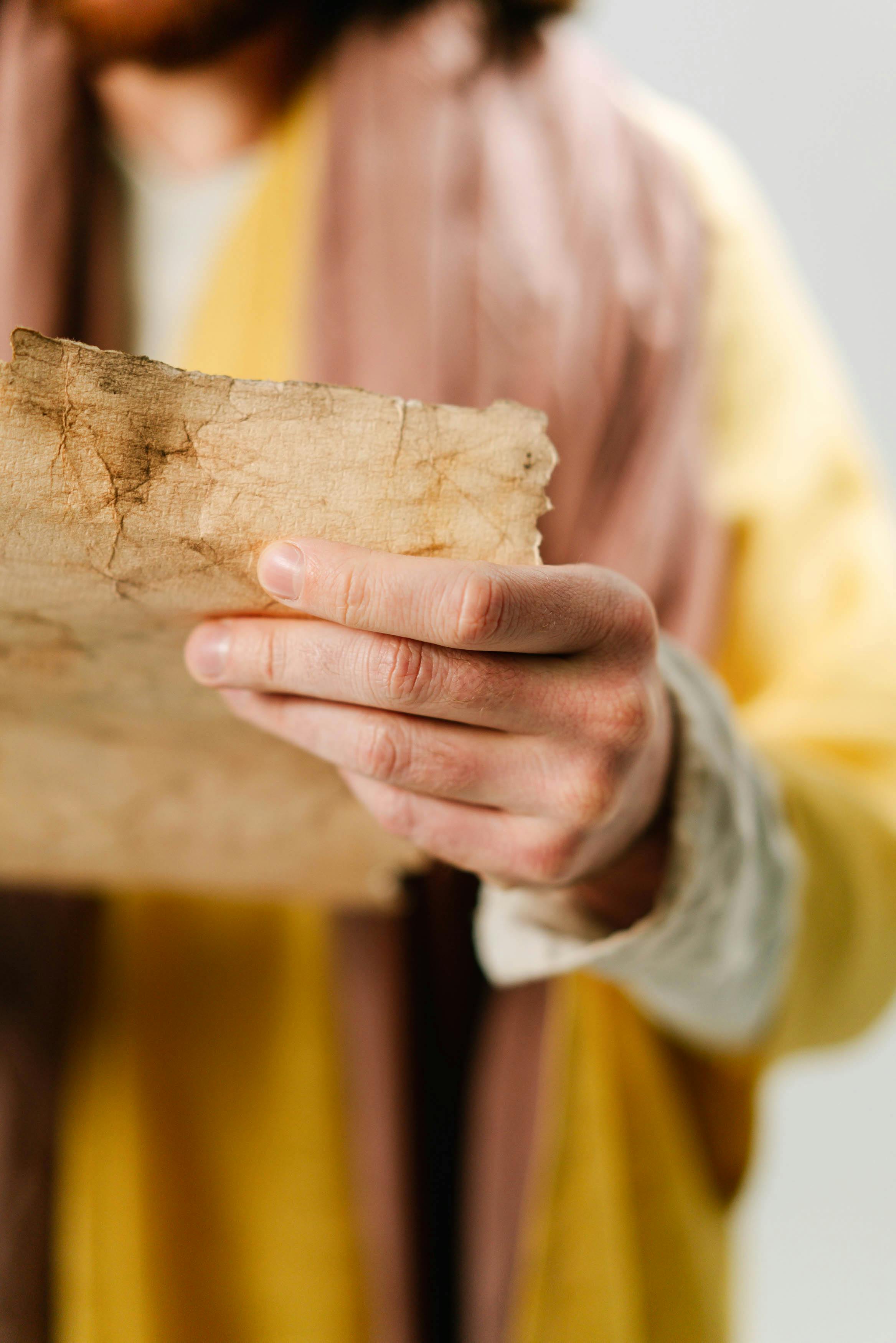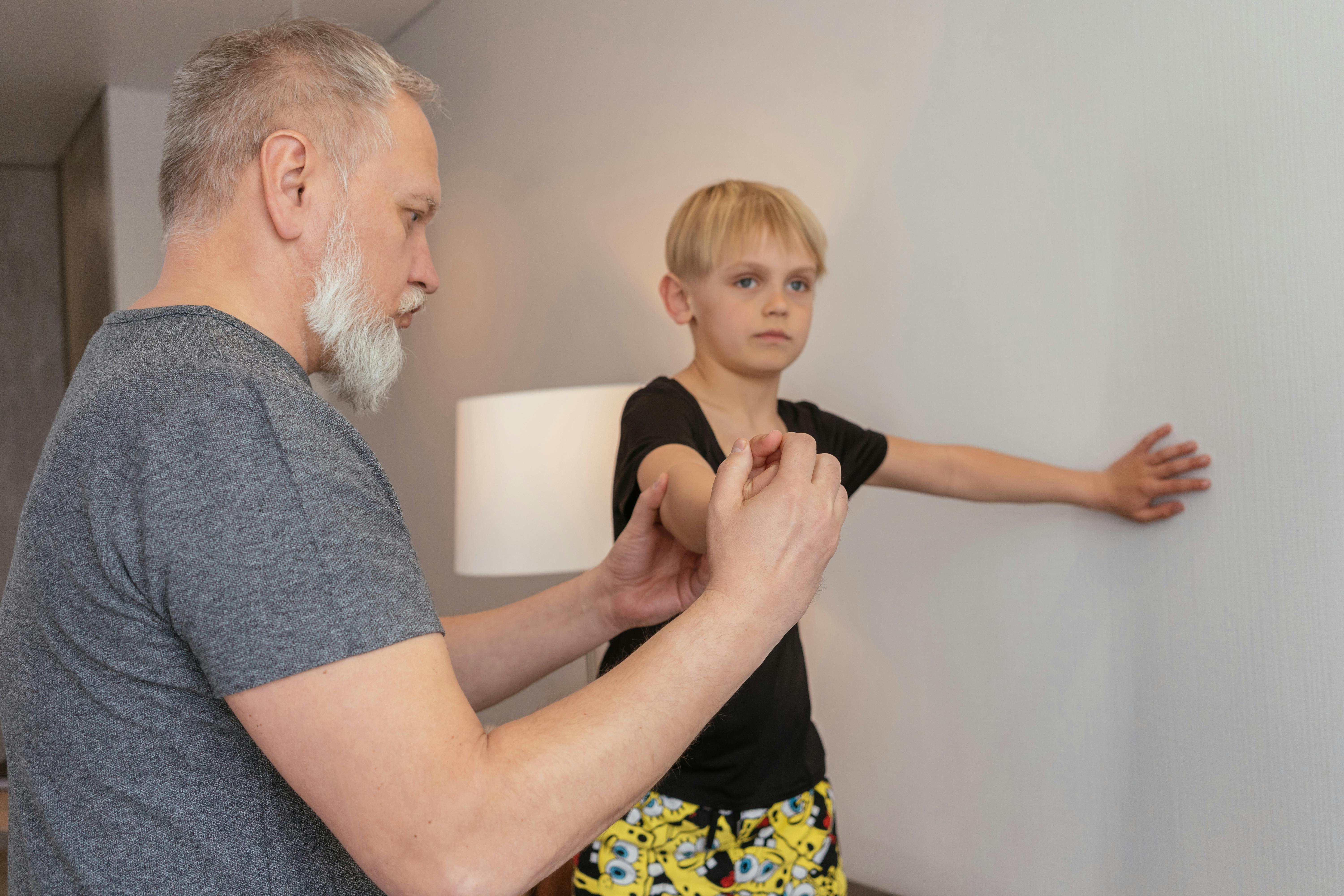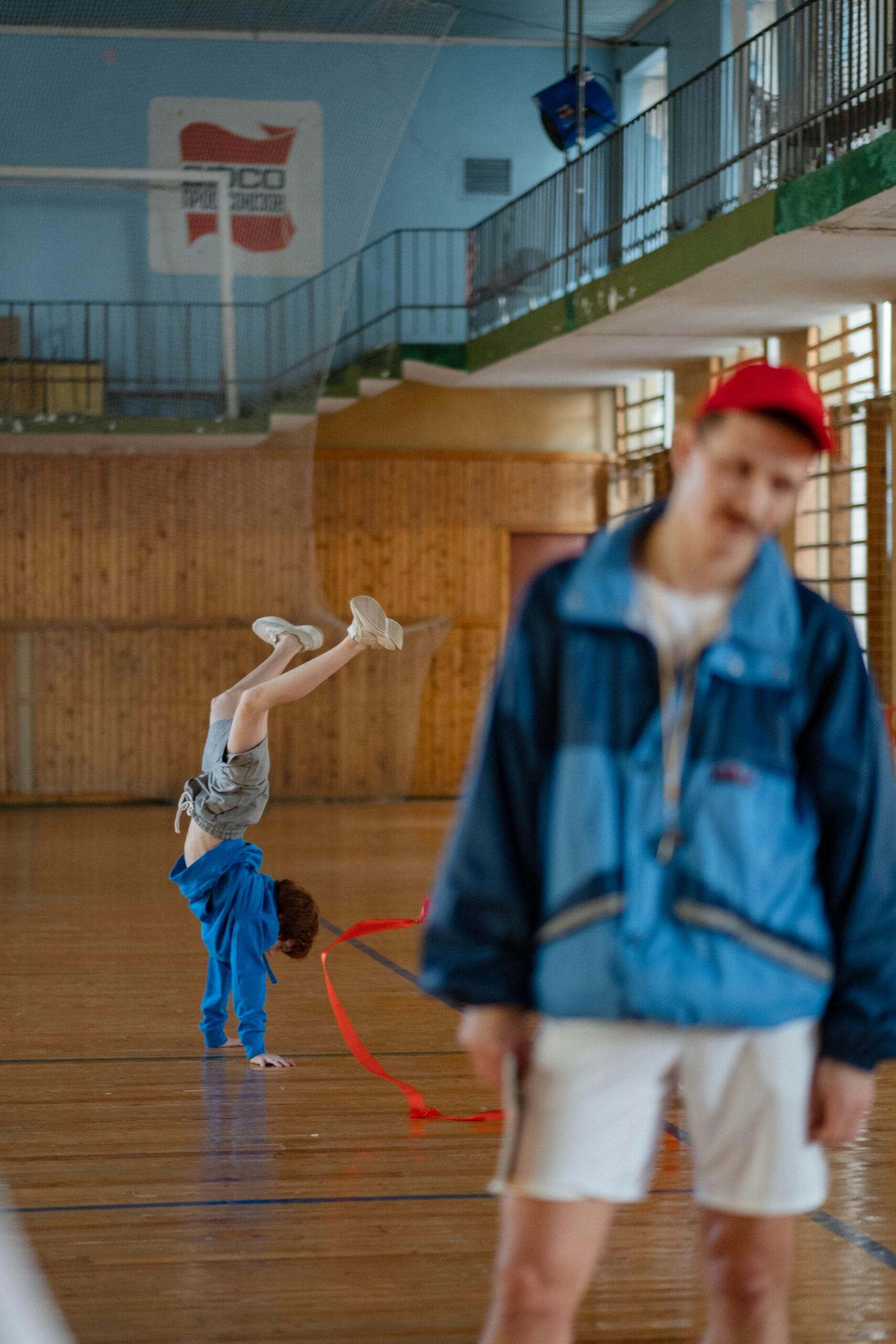Crafting a Teaching Philosophy for Physical Education
Creating a thoughtful teaching philosophy for physical education is essential in shaping active, healthy, and engaged learners. As the role of PE evolves, educators must align their methods with both pedagogical trends and the unique needs of today’s students. This comprehensive guide explores the principles, methods, and applications necessary to develop a robust teaching philosophy in physical education.

Understanding the Fundamentals
A teaching philosophy in physical education outlines the beliefs and methods that guide an educator’s approach to instruction, classroom management, and student development. It serves as a foundation for consistency and growth. Historically, PE focused on physical training, but modern philosophies integrate mental, emotional, and social well-being as well.
Understanding these core components helps teachers create a balanced curriculum that encourages lifelong physical activity. Like a compass for navigation, a strong philosophy ensures educators stay aligned with educational goals and student needs.
1.1 Holistic Student Development
Physical education is no longer just about fitness. Holistic development includes physical, cognitive, and emotional aspects. According to a 2022 report by SHAPE America, students engaged in comprehensive PE programs show improved academic performance and mental health.
Real-world application includes integrating mindfulness activities, team-building exercises, and personal goal setting into lesson plans—helping students become well-rounded individuals.
1.2 Inclusive and Adaptive Teaching
Unlike traditional PE, modern instruction recognizes student diversity. Inclusion means adapting activities for different skill levels, physical abilities, and learning styles. This contrasts with one-size-fits-all drills of the past.
For example, offering both competitive and non-competitive options ensures all students feel empowered and engaged. Educators should assess and adjust continuously to meet everyone’s needs.
Practical Implementation Guide
Applying your teaching philosophy in everyday instruction is where impact truly begins. Transitioning from theory to practice requires planning, adaptability, and consistency. The results? Increased student participation, better classroom dynamics, and measurable outcomes in fitness and personal growth.

2.1 Actionable Steps
- Define Your Objectives: Begin with a written statement of your philosophy. What do you value most—discipline, creativity, teamwork?
- Create Inclusive Lesson Plans: Use differentiated instruction methods. Include modifications and alternative activities for diverse learners.
- Set Measurable Goals: Establish performance benchmarks such as endurance improvements or teamwork evaluations over 4–6 week units.
2.2 Overcoming Challenges
Common obstacles in implementing a teaching philosophy for physical education include lack of administrative support, limited equipment, and diverse student needs.
To overcome these:
- Advocate for funding through clear reporting of outcomes
- Use creative, low-cost activities that require minimal gear
- Build peer mentorship programs to enhance inclusivity
Warning signs like increased student disengagement or disciplinary issues should trigger a review of strategies and methods.
Advanced Applications
Once foundational strategies are in place, educators can explore innovative techniques and methodologies to deepen their impact. These advanced methods integrate technology, cross-curricular learning, and data analysis into physical education practices.

3.1 Data-Driven Instruction
Wearable fitness trackers and student performance data help teachers personalize instruction. Case studies show schools using this method report higher motivation and better attendance in PE classes.
Metrics like heart rate zones, daily steps, and skill progression offer measurable insight into student growth and curriculum effectiveness.
3.2 Cross-Curricular Integration
Linking physical education to other subjects enhances learning. For example, integrating math through score tracking or science by discussing human biology during workouts can deepen student understanding.
Ensure compatibility with existing curricula by coordinating with other departments. This promotes a unified educational experience.
Future Outlook
The future of physical education is dynamic, with trends pointing toward increased personalization, hybrid learning models, and AI-driven analysis. Schools are expected to adopt more digital platforms and offer flexible formats, combining in-person activities with virtual simulations.
Educators must stay ahead by attending workshops, leveraging online resources, and continuously updating their teaching philosophy for physical education to reflect modern needs.
Conclusion
Three key takeaways include: the importance of a clearly defined philosophy, the value of inclusive teaching, and the benefit of ongoing innovation. A thoughtful approach improves student outcomes and creates a supportive, energetic classroom culture.
To get started, reflect on your core beliefs, draft a written philosophy, and begin incorporating it into your daily practice. Ready to elevate your PE instruction? Start today by reviewing your next lesson plan through the lens of your teaching philosophy.
Frequently Asked Questions
- Q: What is a teaching philosophy for physical education? It’s a set of beliefs and strategies that guide how educators deliver physical education instruction to foster holistic student growth.
- Q: How can I develop my own philosophy? Begin by identifying your educational values, defining your goals, and aligning them with student needs and school standards.
- Q: How much time does it take to implement this? Typically, developing and integrating a philosophy can take 2–3 months of consistent practice and revision.
- Q: Are there costs involved in modernizing PE instruction? While advanced tools may require investment, many strategies like differentiated instruction are low-cost or free.
- Q: How does this compare to traditional PE? Unlike rigid, uniform approaches, a modern philosophy emphasizes adaptability, inclusion, and evidence-based methods.
- Q: Is this difficult to learn? No—most teachers can begin by making small changes. Training and peer support make the learning curve manageable.
- Q: Can this be applied in special education settings? Absolutely. Tailoring activities for students with disabilities is a core part of inclusive PE philosophies.
